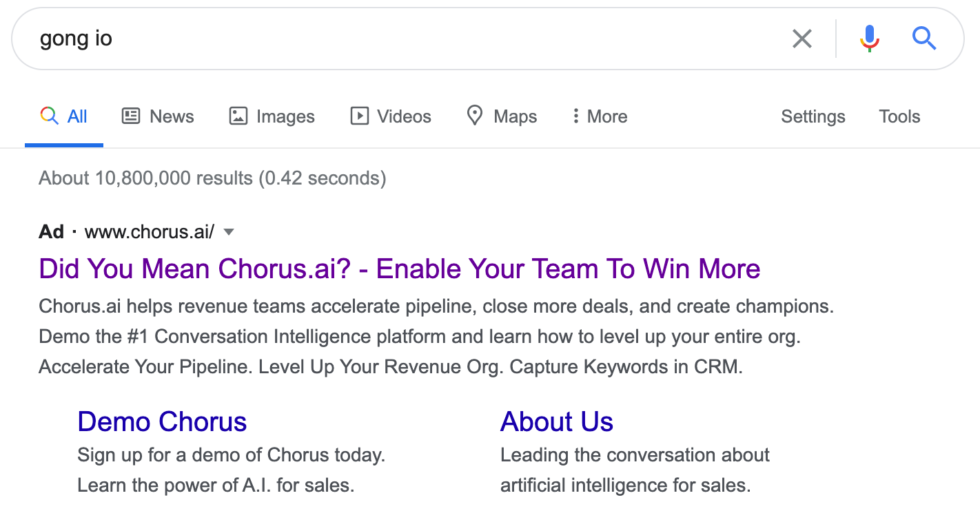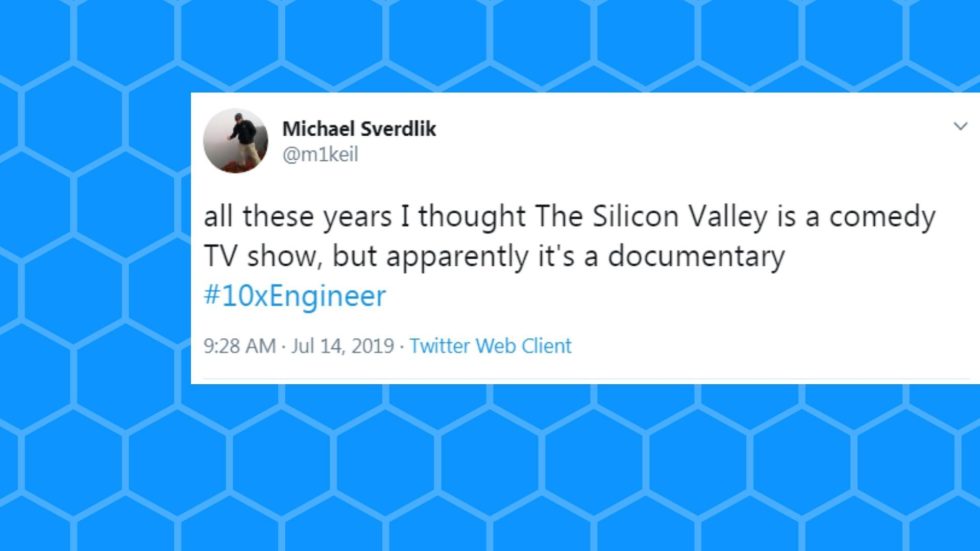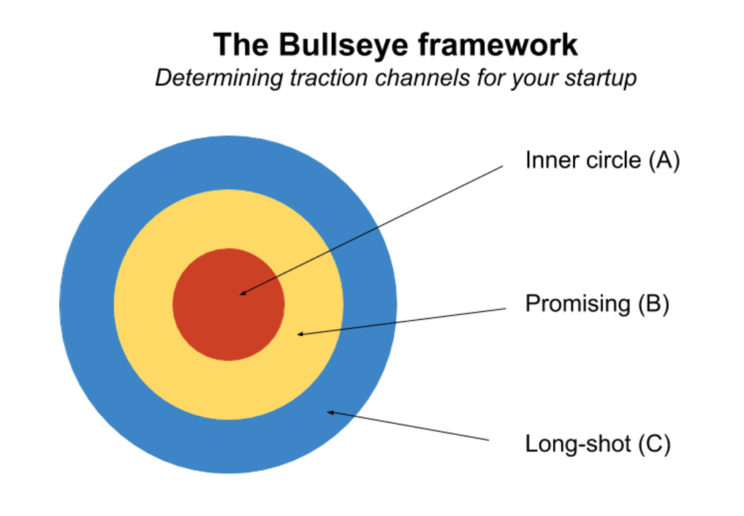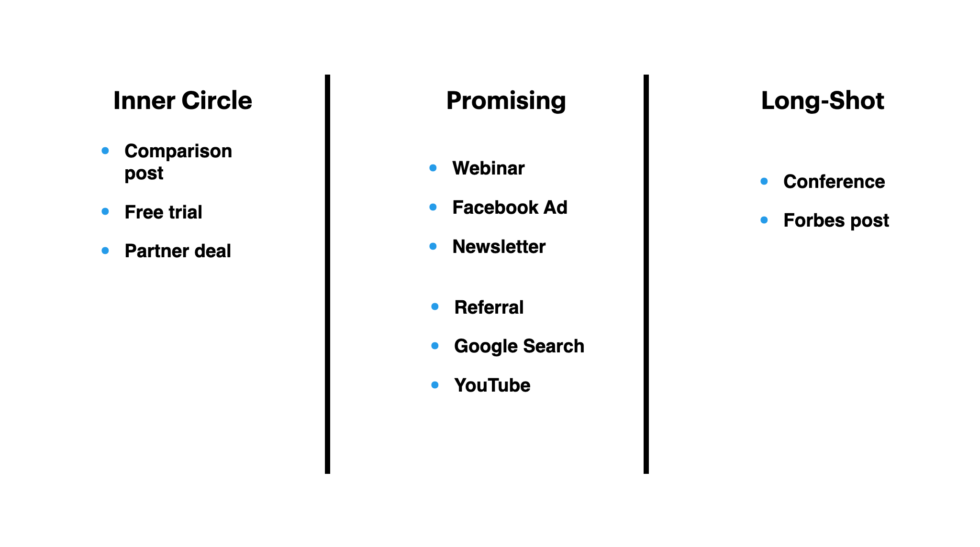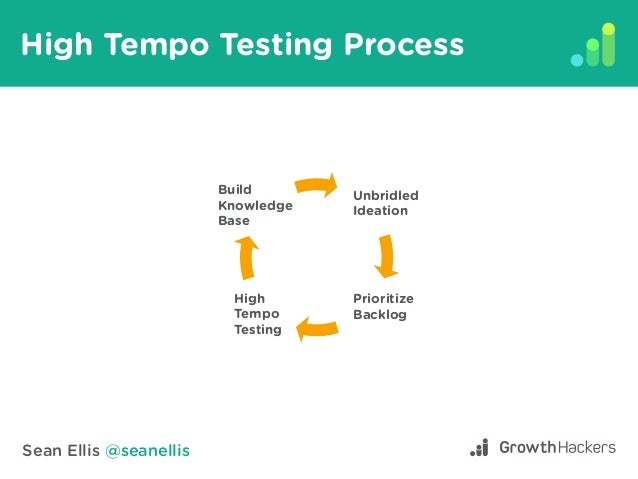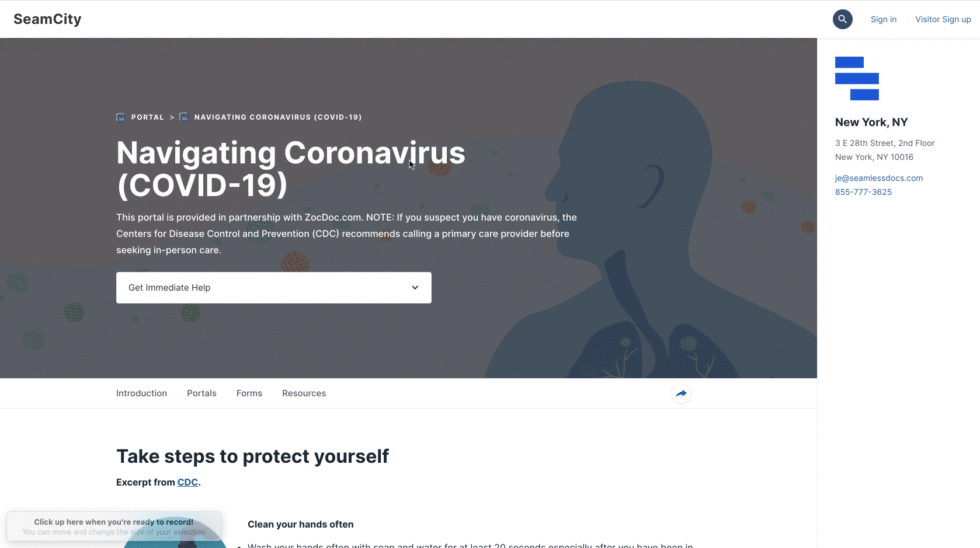Some time during the summer of last year there were rumours that the current architectures for language models and AI were hitting a wall. When GPT-3 first came out, it amazed us with its ability to generate human-like text, enabling people to produce more work, faster.
Soon we had Claude, Gemini, and other language models. Stable Diffusion came out with image models. We also got multi-modal models like GPT-4o. These models were powerful tools for augmentation, helping with tasks from writing to image generation and even coding.
But things seemed to slow down for a bit. Sequoia asked about AI’s $600B Question. Newer models and updates didn’t seem to have the same impact as the jump from GPT 2 to 3, or even 3 to 4. Many wondered if the scaling laws would hold even as big AI companies poured more money into training larger models.
And then we discovered something. Giving models more compute during inference (letting it think about a problem) dramatically improved results. This gave us reasoning models, first seen in OpenAI’s o1 model last September, o3 in December, then Gemini 2.0, DeepSeek, Grok 3, and now Claude 3.7.
In this article, we’ll define reasoning AI, explore its technical underpinnings, and assess its implications for work and life. We’ll then scrutinize its limitations, look ahead to its future, and conclude with reflections on this pivotal moment.
What is Reasoning in AI?
At its core, reasoning in AI refers to the ability of a model to solve problems by breaking them down into logical, step-by-step processes. This is akin to human cognition, where we think through a problem, consider various angles, and arrive at a solution through a series of reasoned steps.
In contrast, traditional generative AI models, while impressive in their ability to produce coherent text, often lacked the depth required for complex problem-solving. They could mimic human language but struggled with tasks that demanded structured thinking, such as solving a math word problem or debugging a piece of code.
Chain Of Thought
The breakthrough came with the development of techniques like Chain-of-Thought (CoT) prompting. Introduced by researchers in 2022, CoT encourages models to “think aloud” by generating intermediate steps before arriving at a final answer.
This simple yet powerful method dramatically improved the performance of LLMs on reasoning tasks. For example, on the GSM8K benchmark—a dataset of grade school math problems—CoT increased the accuracy of GPT-3 from 15.6% to 46.9%. This was a clear signal that models could be taught to reason, not just generate.
Variations of CoT include zero-shot CoT, where models are prompted with “Let’s think step by step” without examples, and code-based reasoning, where models trained on code (e.g., Codex) perform better when reasoning is framed as code generation. Self-consistency and tool-based evaluation, such as using Python for math verification, further enhance accuracy.
Reinforcement Learning
But CoT was just the beginning. In January 2025, DeepSeek made waves showing how the integration of reinforcement learning (RL) matched OpenAI’s o1 models at 95% lower cost. OpenAI later admitted this is what they used to train their reasoning models as well.
RL allows AI systems to learn from feedback, refining their reasoning processes over time. It optimizes their chain-of-thought processes, enabling them to tackle increasingly complex tasks. RL could be applied during training, using a reward model to score sub-tasks, or during inference, dynamically evaluating reasoning paths.
For instance, o1 achieved an astonishing 83% accuracy on International Mathematics Olympiad problems, compared to just 13% for its predecessor, GPT-4o. Similarly, Grok 3 claims to outperform leading models in math, science, and coding benchmarks.
The New Reasoning Models
The landscape of LLMs has shifted toward models optimized for reasoning, particularly since late 2024. This new age is characterized by models that prioritize step-by-step problem-solving, aligning with human cognitive processes. These systems don’t just assist; they think, solving problems with human-like logic.
- OpenAI o1 and o3: o1, initially a preview model, was fully released by December 2024, with o3 enhancing capabilities. These models are trained to generate long chains of thought, achieving 83% accuracy on International Mathematics Olympiad qualifying exam problems, compared to 13% for GPT-4o. They use reinforcement learning (RL) to refine CoT, as noted in OpenAI’s documentation, enabling them to tackle complex tasks in math, science, and coding.
- Gemini 2.0 Flash Thinking: This is part of Google’s Gemini 2.0 family of models, launched as an experimental release in December 2024, with updates rolled out in January and February 2025. It’s optimized for low latency, meaning it processes tasks quickly despite its reasoning focus.
- DeepSeek-R1: Released in January 2025, DeepSeek-R1 is a 671-billion-parameter open-weight model, performing comparably to o1 but at 95% lower cost. This model is designed for tasks requiring complex reasoning, mathematical problem-solving, and logical inference, making it accessible for research and development.
- Grok 3: Released by xAI in February 2025, Grok 3 is claimed to outperform leading models like GPT-4o, DeepSeek’s V3, and Claude in math, science, and coding benchmarks. Trained with 10 times the compute power of its predecessor, Grok 2, it uses reinforcement learning to enhance reasoning capabilities and introduces “Deep Search,” a next-generation search engine. It achieved an Elo score of 1402 in the Chatbot Arena, indicating strong performance across academic and real-world user preferences, according to xAI’s blog.
- Claude 3.7 Sonnet: Also released in February 2025 by Anthropic, Claude 3.7 Sonnet is described as the first “hybrid reasoning model,” offering both quick responses and extended, step-by-step thinking. It’s state-of-the-art for coding and delivers improvements in content generation, data analysis, and planning, available on Anthropic’s API, Amazon Bedrock, and Google Cloud’s Vertex AI.
I have tried all these models and found them to be on par with each other in terms of quality of output across tasks such as creative writing, logic and reasoning, and coding. My personal preference is Claude because I think it has a personality, but I’m extremely impressed by Grok’s DeepSearch feature. Meanwhile, it’s clear that OpenAI is moving into general-purpose agentic behavior, while Gemini is focusing on speed and lower cost.
Standardized Benchmarks
We don’t have numbers across all benchmarks for every model but here’s the best I could find so far (thanks Grok DeepSearch!)
| Model | Math (AIME) | Science (GPQA) | Coding (HumanEval) | Reasoning (MMLU) | General Performance (ELO) |
|---|---|---|---|---|---|
| OpenAI o3 | 96.7% | 87.7% | 71.7% (Bench Verified) | N/A | N/A |
| DeepSeek R1 | 71.0% | 73.3% | Lower than o1 | N/A | N/A |
| Gemini | 73.3% | 74.2% | N/A | N/A | N/A |
| Grok 3 | 93% | ~80-85% | N/A | N/A | 1402 |
| Claude 3.7 | N/A | N/A | 92% | 88.7% | N/A |
Another fun benchmark is SnakeBench, by Greg Kamradt, which pits models against each other in a competitive snake game simulation. It mostly tests reasoning and coding, and Claude 3.7 come out on top.
Application of Reasoning AI
Generative AI amplified output; reasoning AI unlocks autonomous problem-solving and entirely new cognitive capacities, such as abstract reasoning and hypothesis generation.
Scientific Research
Combining reasoning with search gives us something powerful – a research agent that can take in a query, think about it, search down multiple paths, synthesize information, and continue going down new path and making connections, just like a human researcher would.
An example of this is the AI co-scientist released by Google, which is already showing promising results in medicine and drug research.
Knowledge Work
Reasoning AI can handle knowledge work traditionally performed by human experts, such as legal research, financial analysis, and medical diagnostics. When you add function calling, tool handling, and memory, you get an agent that can perform an entire workflow, like researching a stock, analyzing data, and creating a full report.
Education
Reasoning AI’s strengths in solving complex problems and coding can transform the way we learn. Imagine an AI that helps you work through problems or codes an interactive application to illustrate new concepts. Even the thinking process of these models is enlightening.
The Implications of Reasoning AI
Reasoning AI will revolutionize the work and life by automating cognitive tasks, redefining job roles, and driving productivity gains, though it will also bring disruptions that society must address.
Shift in Job Roles
While some lower-level jobs may be eliminated entirely, I believe many more will be transformed. New roles will emerge, such as AI strategy curators or human-AI collaboration specialists, who will oversee AI outputs and ensure they align with human needs. For instance, while AI might draft a legal contract, a human lawyer will still be needed to interpret client nuances and ethical considerations. This evolution mirrors past technological shifts, where new job categories arose alongside automation.
Productivity and Economic Impact
The efficiency boosts from reasoning AI could rival the transformative effects of the internet or industrial automation. Businesses might see productivity improvements of 20-30%, driving economic growth. However, this could also disrupt labor markets, potentially displacing 15-20% of knowledge workers by 2030 according to some estimates. To mitigate this, large-scale re-skilling initiatives will be essential to help workers adapt to new demands.
Personalized Assistance
Imagine an AI that optimizes your day based on your goals, preferences, and real-time data like traffic or weather. Reasoning AI could manage tasks with a level of sophistication beyond current tools, potentially saving individuals 5-10 hours per week. For example, it could plan your week to balance work, exercise, and relaxation, adapting as priorities shift.
Creative and Leisure Activities
In creative pursuits, reasoning AI could act as a collaborator. Writers might use it to brainstorm plot ideas, while musicians could generate harmonies, blending human intuition with AI’s logical capabilities. This partnership could enrich leisure time, making creative expression more accessible and dynamic.
Current Limitations and Challenges
Reasoning AI faces hurdles that must be addressed, including ethical considerations that demand careful attention.
Generalization
Specialization limits versatility. o1 excels in math (83% IMO) but falters in general queries, while Claude 3.7’s hybrid approach sacrifices depth for speed in some cases. Achieving broad reasoning still remains elusive.
Ethics and Bias
As with any AI system, there are always biases that creep in based on the training data. Techniques like RL may even amplify these biases in reasoning AI.
There’s also the potential for misuse. Users on X have noted that Grok 3 will generate complete step-by-step instructions on making weapons and dangerous chemicals at home.
Of course, the cat’s already out of the bag. DeepSeek is completely free and open-source, which means anyone can train their own models to output dangerous or biased content.
So What Does The Future Hold?
I think we’re just scratching the surface of implementing reasoning in AI. Continued advancements in techniques like reinforcement learning and chain-of-thought prompting are likely to produce even more capable models, potentially leading to AI systems that can reason across a broader range of tasks. We may see the development of more general reasoning models that can handle everything from scientific research to creative writing, blurring the lines between specialized and general AI.
The most exciting applications would be the integration of reasoning AI with other technologies—such as robotics or the Internet of Things (IoT)— which could enable AI to perform physical tasks, further expanding its role in the world. Imagine AI-powered robots that can reason through complex environments, making decisions in real-time to complete tasks like disaster response, space exploration, or even just serving you a cup of tea at home.
However, the path forward is not without challenges. The ethical implications of AI that can replace human knowledge workers must be carefully considered. Workforce displacement, data privacy, and the potential for misuse of autonomous AI agents are all issues that will require thoughtful solutions. Additionally, ensuring that these technologies are accessible and affordable will be key to preventing a new digital divide.
The age of reasoning AI represents a monumental shift in the capabilities of artificial intelligence. We are moving from a world where AI augments human work to one where it can potentially replace entire categories of knowledge work.
As we stand on the brink of this new era, one thing is clear: AI is no longer just a tool; it is becoming a partner in problem-solving, capable of thinking, reasoning, and acting in ways once thought to be uniquely human.








